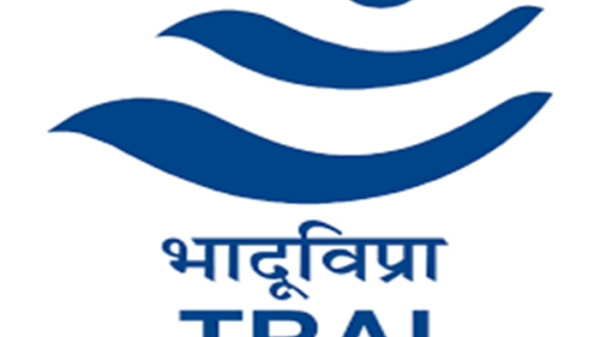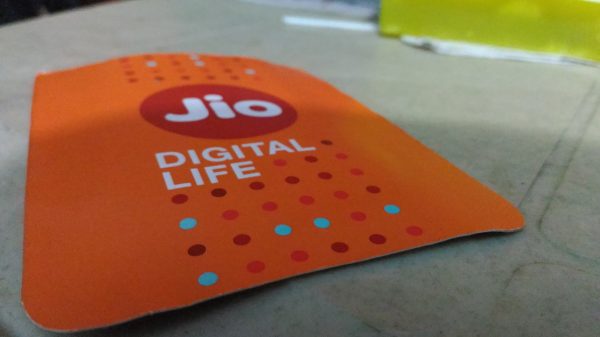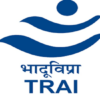You are reading it here first: Soon, the Bangalore City railway station will be inundated with a myriad of CCTV cameras, all capable of carrying out facial recognition surveillance — at the rate of at least one hundred faces per second, according to a tender document released by the South Western Railways earlier this month. The surveillance system would be able to generate audio-visual alerts upon spotting a person in a “watchlist”, and display their complete profile and case history from a criminal database module, per the document. It will also be able to classify faces on the basis of their sex and age. The advertised cost of setting up this surveillance infrastructure is humongous — ₹4,50,49,056. The last date of submitting bids is November 11. The system will be integrated with the Crime and Criminal Tracking Network and Systems (CCTNS), a centrally maintained database of criminals in India. To monitor alerts generated by the system, a command centre at the railway station will also be set up. Aside from just facial recognition, it will operate with access to an “unlimited” number of records in databases, and create “unlimited” number of lists such as a "black list, a white list, and a watch list". This development is in line with an increasing trend among Indian government bodies: from organisations that track crime statistics such as the NCRB, to an education board like the CBSE, every institution is deploying facial recognition systems — all while India lacks a data protection law. The Indian Railways itself…





























